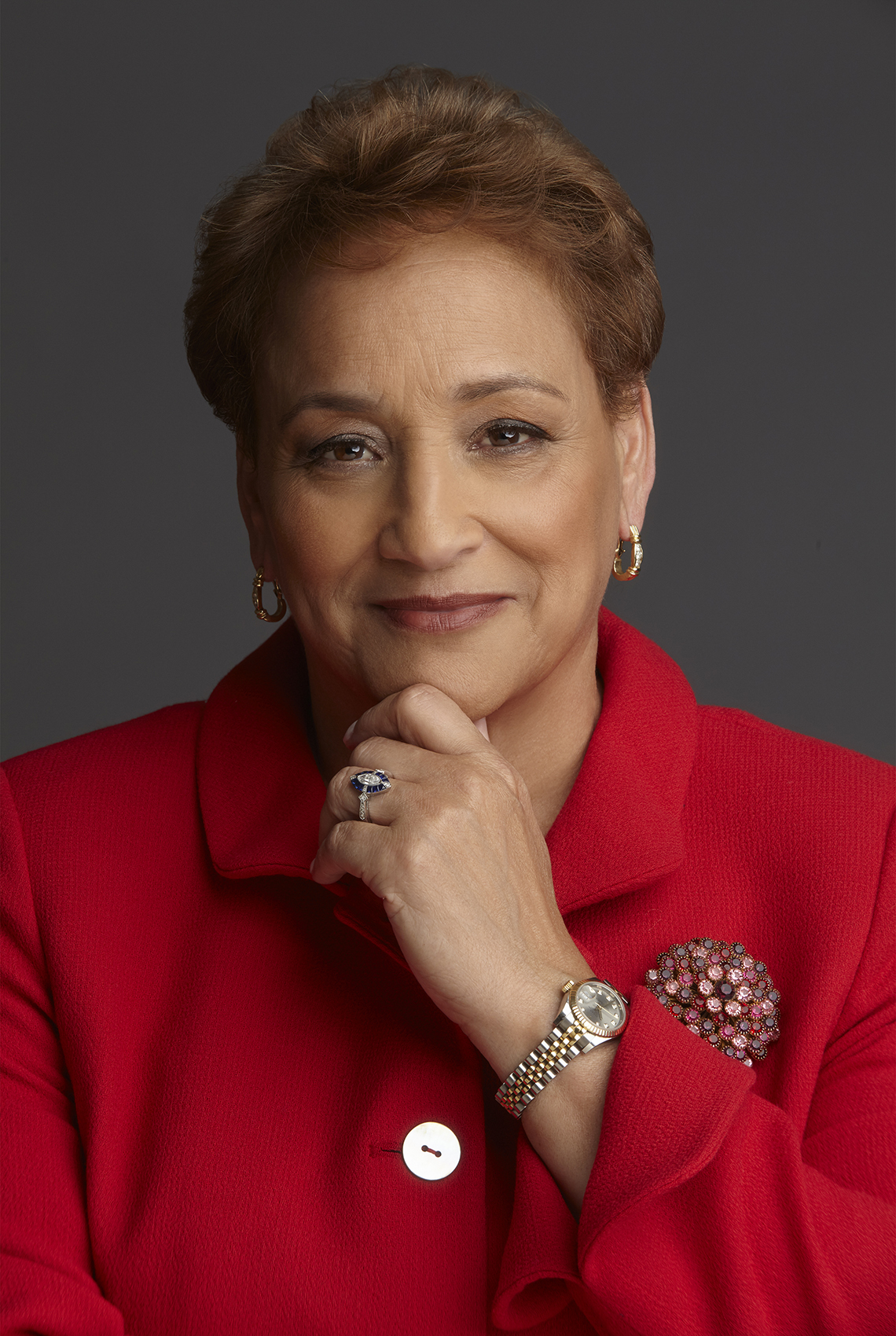The elder-centric housing industry is about to explode every which way.
My tongue-in-cheek take on it:
03 December 2018
Where are old people going to live?
It used to be that old people lived wherever they lived – and that was that.
And I’ve written about this ad nauseam for over fifteen years. A list of related posts:
Something you can skim or skip:
Selling Universal Design To Baby Boomers/Aging In Place (PDF)
… What is ‘aging in place’? Baby Boomers staying
put in their condos or houses for the rest of their lives. Others refer to aging in place as remodeling current residences with Universal Design as the blueprint. Still others use the term to describe Baby Boomers moving into condos or active adult communities not far from where they are now – this so they can still be near work, family, friends.
The powers-that-be are getting smart. They’re starting to target middle-income boomers - not solely the better-offs everybody covets.
The latest collection of offerings (the article is dense, a bit convoluted – so again, skim):
6 Senior Living Providers to Watch in 2020
…. Baby boomers will come to the space demanding variety in care and amenities, but many may not be able to afford the existing, dominant private pay model of senior housing.
 Boomer thinker and marketing maven Matt Thornhill has a new adult community project that fascinates me. Add it to the list:
Boomer thinker and marketing maven Matt Thornhill has a new adult community project that fascinates me. Add it to the list:
Culled from my book Advertising to Baby Boomers:Cozy Home Community
… It’s a new type of rentable housing unit specifically designed and built for middle-income Boomers, or folks between 60 and 80.Two bedrooms, two full baths, and an open floor plan with kitchen, dining and family room — all on one floor. Approximately 1,200 square feet, there’s plenty of space for two people to share.
Some Baby Boomer sociology experts predict that semi-retirement and retirement communities will naturally develop personalities based on shared interests.These could be gardening, motorcycles, vegetarianism, the arts, even a community where the shared interest might be financial speculation.
If correct, I can’t think of a better architectural template than Cozy Home Community.


 OK, Boomers: CES 2020 was more about you than ever
OK, Boomers: CES 2020 was more about you than ever
 Finally Live The Life You've Always Wanted With Wearables!
Finally Live The Life You've Always Wanted With Wearables! “It will be the Baby Boomers who will be the first to pick and choose, to ignore or be seduced by leading-edge technology marketing. There’s a simple reason for this. We have the money to buy this stuff. Experts say we’ll continue to have the money for at least the next twenty years. Write us off at your own peril.”
“It will be the Baby Boomers who will be the first to pick and choose, to ignore or be seduced by leading-edge technology marketing. There’s a simple reason for this. We have the money to buy this stuff. Experts say we’ll continue to have the money for at least the next twenty years. Write us off at your own peril.”
 My favorite post of the year:
My favorite post of the year: Ronni Bennett gathered up all the best 2019 Christmas commercials from the U.K.:
Ronni Bennett gathered up all the best 2019 Christmas commercials from the U.K.:


 The truth is messier. Few people admit to enjoying ads. In the olden days, advertising on radio and television was often tastelessly intertwined. Today (or maybe it was ten years ago, it’s hard to keep up) we would call this
The truth is messier. Few people admit to enjoying ads. In the olden days, advertising on radio and television was often tastelessly intertwined. Today (or maybe it was ten years ago, it’s hard to keep up) we would call this  Digital Ad Shenanigans
Digital Ad Shenanigans What a wacky virtual world we live in! Streams of prose, pictures, videos, all not what they seem. Alice in Wonderland, by comparison, is rather prosaic.
What a wacky virtual world we live in! Streams of prose, pictures, videos, all not what they seem. Alice in Wonderland, by comparison, is rather prosaic.


 …. There are lots of folks who’ve educated us and continue to educate us. Names off the top of my head: Robert N. Butler, David Wolfe, Ken Dychtwald, John Migliaccio, Kurt Medina, Matt Thornhill, Brent Green, Marti Barletta, Mary Furlong, Myrna Blyth, Carol Orsborn, Rick Moody, Mark Miller, Paul Kleyman, Scott Rains, Kevin Lavery, Dick Stroud, Reg Starkey, Laurie Orlov, Richard Adler, Todd Harff, Bill Thomas, Louis Tenenbaum, Arjan in’t Veld, Martijn de Haas, David Cravit, Moses Znaimer, Maxime de Jenlis, Florian Kohlbacher, Christopher Simpson, Gail Sheehy, Marc Middleton, Ronni Bennett, Jim Gilmartin, Gill Walker, Dave McCaughan, Kim Walker, Tony Mariani, Barry Robertson, Frédéric Serriere, Bob Hoffman, have I left any out? No doubt.
…. There are lots of folks who’ve educated us and continue to educate us. Names off the top of my head: Robert N. Butler, David Wolfe, Ken Dychtwald, John Migliaccio, Kurt Medina, Matt Thornhill, Brent Green, Marti Barletta, Mary Furlong, Myrna Blyth, Carol Orsborn, Rick Moody, Mark Miller, Paul Kleyman, Scott Rains, Kevin Lavery, Dick Stroud, Reg Starkey, Laurie Orlov, Richard Adler, Todd Harff, Bill Thomas, Louis Tenenbaum, Arjan in’t Veld, Martijn de Haas, David Cravit, Moses Znaimer, Maxime de Jenlis, Florian Kohlbacher, Christopher Simpson, Gail Sheehy, Marc Middleton, Ronni Bennett, Jim Gilmartin, Gill Walker, Dave McCaughan, Kim Walker, Tony Mariani, Barry Robertson, Frédéric Serriere, Bob Hoffman, have I left any out? No doubt. ulled from the Next Avenue interview:
ulled from the Next Avenue interview: The Giant Leap: there had better be a minor revolution in the creative end of the advertising industry. Talented men and women in their late forties and fifties need to be brought back into the fold if you want to reach us. This includes copywriters, graphic artists, producers, directors, and creative directors.
The Giant Leap: there had better be a minor revolution in the creative end of the advertising industry. Talented men and women in their late forties and fifties need to be brought back into the fold if you want to reach us. This includes copywriters, graphic artists, producers, directors, and creative directors.